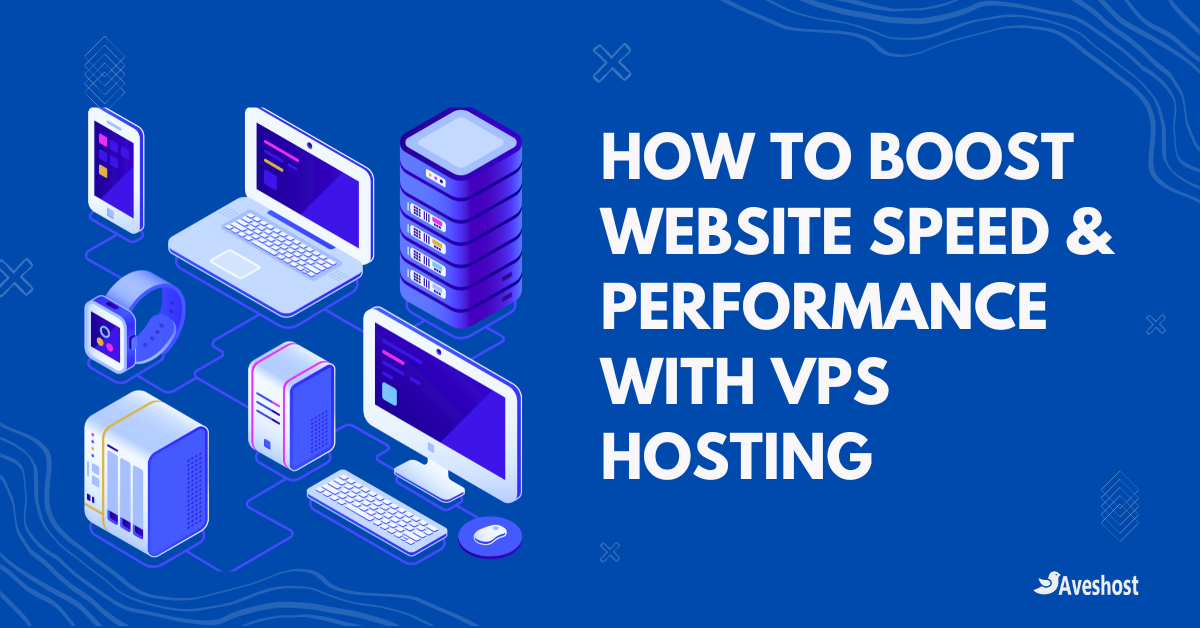Enhancing Web Hosting Performance on VPS
When it comes to web hosting, performance is paramount. A slow-loading website can lead to higher bounce rates, decreased conversions, and ultimately, lost revenue. One way to boost your website’s performance is by utilizing a Virtual Private Server (VPS) for hosting. In this article, we will explore the benefits of hosting on a VPS and provide tips for optimizing your VPS for peak performance.
A VPS offers a more isolated and customizable hosting environment compared to shared hosting. With a VPS, you have dedicated resources that are not shared with other websites, allowing for greater control over performance optimization. Here are some key strategies for improving web hosting performance on a VPS:
1. Choose the Right VPS Plan
When selecting a VPS plan, consider your website’s traffic volume and resource requirements. Opt for a plan that offers ample RAM, CPU, and storage space to ensure optimal performance. Upgrading your plan as your website grows can help prevent performance bottlenecks.
2. Optimize Server Configuration
Optimizing your server configuration can have a significant impact on performance. Configure your server settings to prioritize the resources that are critical for your website’s functionality. Implementing caching mechanisms, using a content delivery network (CDN), and enabling gzip compression are all effective ways to speed up your website.
3. Secure Your VPS
Security is essential for ensuring optimal performance on a VPS. Regularly update your server’s software and install security patches to protect against vulnerabilities. Implementing firewalls, encryption protocols, and secure connections can help safeguard your website from cyber threats and potential performance issues.
4. Monitor Performance Metrics
Monitoring performance metrics is crucial for identifying performance bottlenecks and optimizing your VPS. Use monitoring tools to track server uptime, response times, resource utilization, and other key metrics. By analyzing this data, you can identify areas for improvement and make adjustments to enhance your website’s performance.
5. Regularly Update Software
Keeping your server software up to date is essential for maintaining optimal performance. Regularly install updates for your operating system, web server, database server, and other software components. Updated software often includes performance enhancements, security patches, and bug fixes that can help improve your website’s performance.
6. Implement Load Balancing
Load balancing distributes incoming traffic across multiple servers to prevent performance bottlenecks and ensure optimal performance. Implementing load balancing can help improve server scalability, fault tolerance, and efficiency. By spreading the workload across multiple servers, you can prevent server overload and provide a seamless user experience for your website visitors.
7. Backup Your Data Regularly
Regularly backing up your data is crucial for protecting your website and ensuring business continuity. Backup your website files, databases, and configurations to prevent data loss in the event of a server failure or security breach. Store backups in a secure offsite location to ensure that you can quickly recover your data and restore your website in case of an emergency.
By following these tips and best practices, you can optimize your VPS for peak performance and ensure that your website delivers a fast, reliable, and secure user experience. Investing in a VPS hosting plan and implementing performance optimization strategies can help your website stand out from the competition and attract more visitors and customers.
